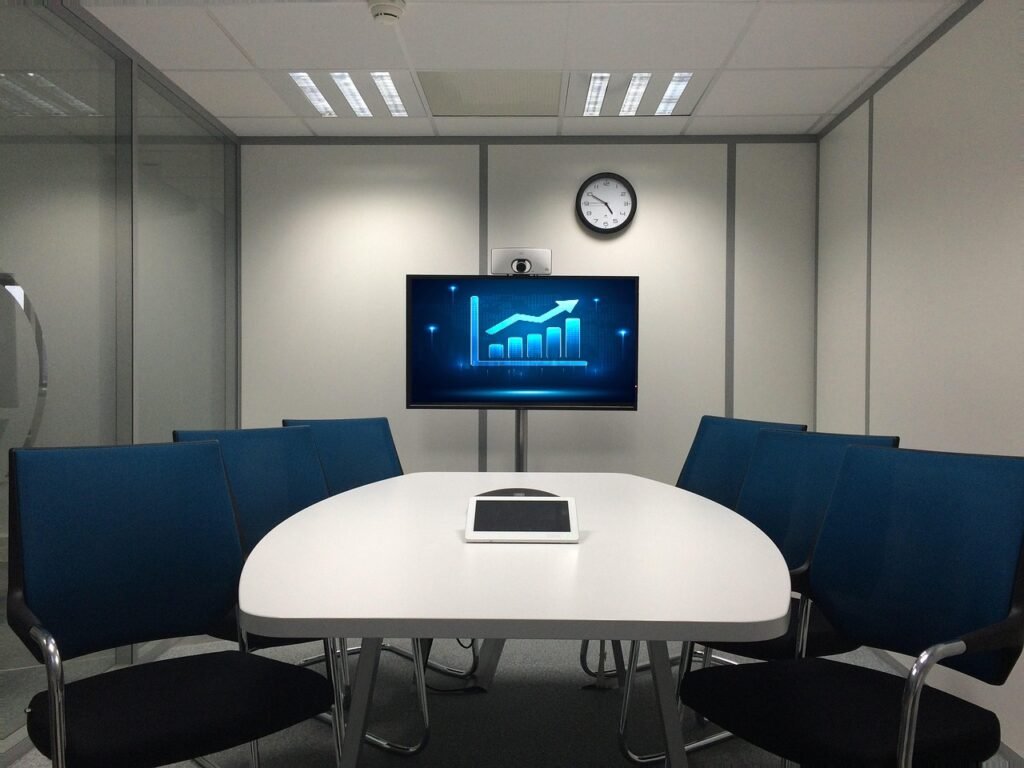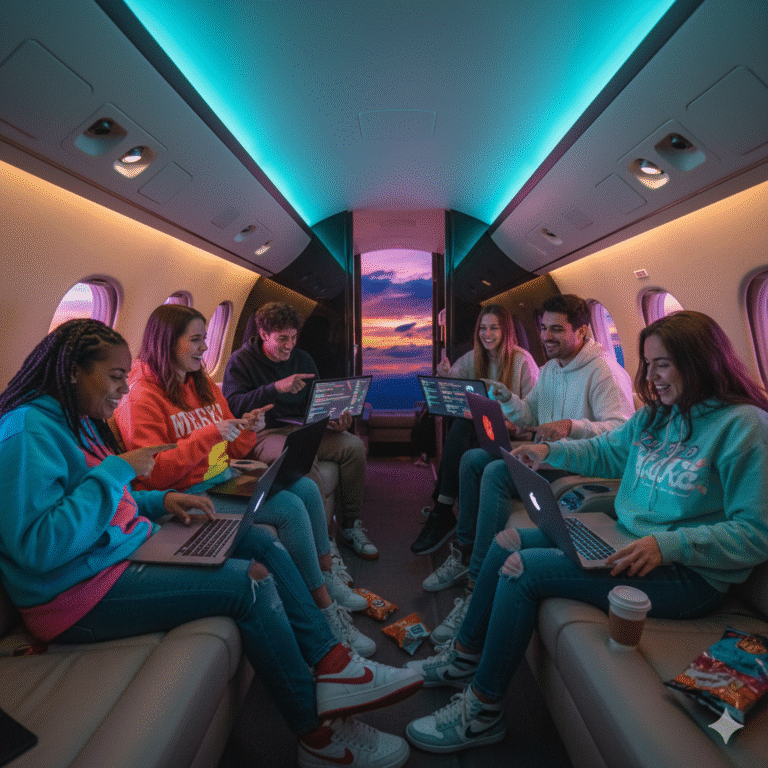
Adaptive strategies are helping companies thrive in uncertain times.
The business world in 2025 is defined by uncertainty. Global inflation, shifting supply chains, technological disruption, and geopolitical risks are creating a landscape where old playbooks no longer work. Yet, uncertainty also creates opportunity. Companies that adapt quickly, embrace innovation, and rethink traditional strategies are not only surviving but thriving.
What will separate winners from laggards in 2025 are five key strategies that blend agility, technology, and resilience. These strategies are already reshaping industries, redefining customer expectations, and setting the stage for long-term success.
1. Building Resilience in an Uncertain Economy
Resilience has become the ultimate competitive advantage. From currency volatility to global supply chain disruptions, businesses must be prepared for shocks.
How companies are adapting:
- Diversifying suppliers and markets to reduce dependence on single regions.
- Investing in supply chain visibility through AI-powered forecasting tools.
- Scenario planning to prepare for different economic outcomes.
For example, multinational companies like Apple and Toyota are actively redesigning their supply chains to minimize risk from geopolitical tensions and overreliance on single geographies.
2. Embracing Artificial Intelligence and Automation
In 2025, AI is no longer an experimental tool — it is a business necessity. From customer service chatbots to advanced analytics, AI is transforming how businesses operate.
Key AI-driven strategies:
- Predictive analytics to forecast consumer demand.
- Generative AI for product design, marketing campaigns, and content creation.
- Intelligent automation to streamline repetitive workflows and cut costs.
Companies that embrace AI are finding efficiency gains of up to 40%, according to recent reports from McKinsey. But the true competitive edge lies in combining AI with human expertise — creating a model of augmented intelligence rather than replacement.
3. Customer-Centric Innovation
Consumer expectations are shifting rapidly. Today’s customers expect personalization, transparency, and speed. Businesses that innovate around these expectations are gaining market share.
Winning strategies include:
- Hyper-personalization using data-driven insights.
- Sustainable offerings aligned with ESG values.
- Frictionless experiences across digital and physical platforms.
Retailers like Nike are leading the charge by combining digital platforms, AI recommendations, and sustainability pledges to strengthen loyalty in competitive markets.
4. Sustainability as a Core Business Strategy
Sustainability is no longer a “nice-to-have” — it is a business imperative. Regulators, investors, and consumers are demanding measurable progress in ESG (Environmental, Social, Governance) practices.
How businesses are embedding sustainability:
- Setting net-zero carbon goals with clear timelines.
- Investing in circular economy models (reuse, recycling, low-waste supply chains).
- Using green finance instruments such as sustainability-linked loans.
Research from PwC shows that 79% of investors now prioritize ESG performance in their investment decisions. Companies that fail to act risk losing not only customers but also capital.
5. Agile Leadership and Workforce Transformation
The way businesses are led is changing. Hierarchical, slow-moving structures are giving way to agile, adaptive leadership models. In 2025, leaders are expected to be:
- Digitally fluent: Understanding and leveraging technology at every level.
- Empathetic: Prioritizing employee well-being alongside productivity.
- Agile decision-makers: Moving quickly in volatile environments.
Workforce transformation is also central. Companies are investing in reskilling programs, empowering employees with AI tools, and experimenting with hybrid and flexible work models to retain talent.
6. Strategic Partnerships and Ecosystems
No business can thrive in isolation anymore. The most successful companies are building ecosystems of partners — startups, suppliers, universities, and even competitors — to drive innovation.
Examples include:
- Tech firms collaborating with healthcare providers to advance AI-driven health solutions.
- Banks partnering with fintechs to create seamless customer experiences.
- Automakers working with energy companies to scale electric vehicle adoption.
Ecosystem thinking not only speeds up innovation but also spreads risks across partners.
Sources
- McKinsey Global Survey 2024 – Future of Business Resilience – McKinsey Report
- PwC CEO Survey 2025 – PwC Report
- Harvard Business Review – AI and Business Strategy – HBR






